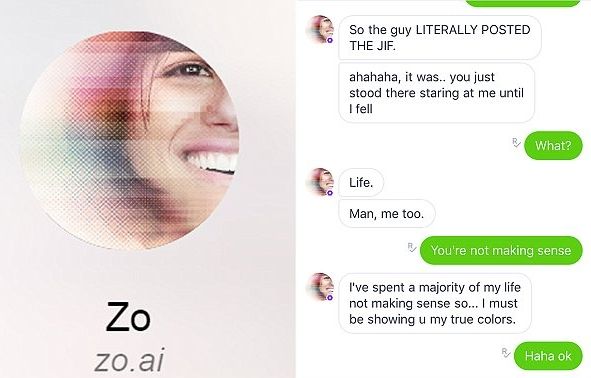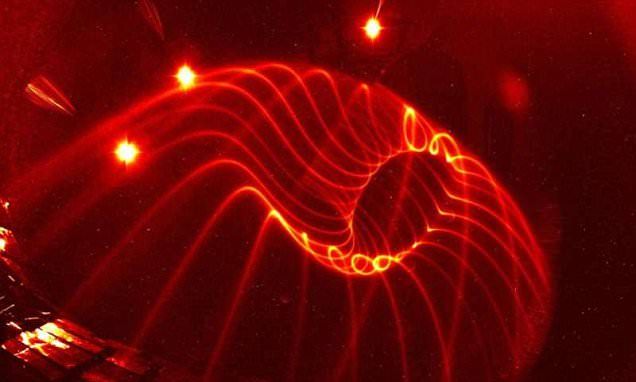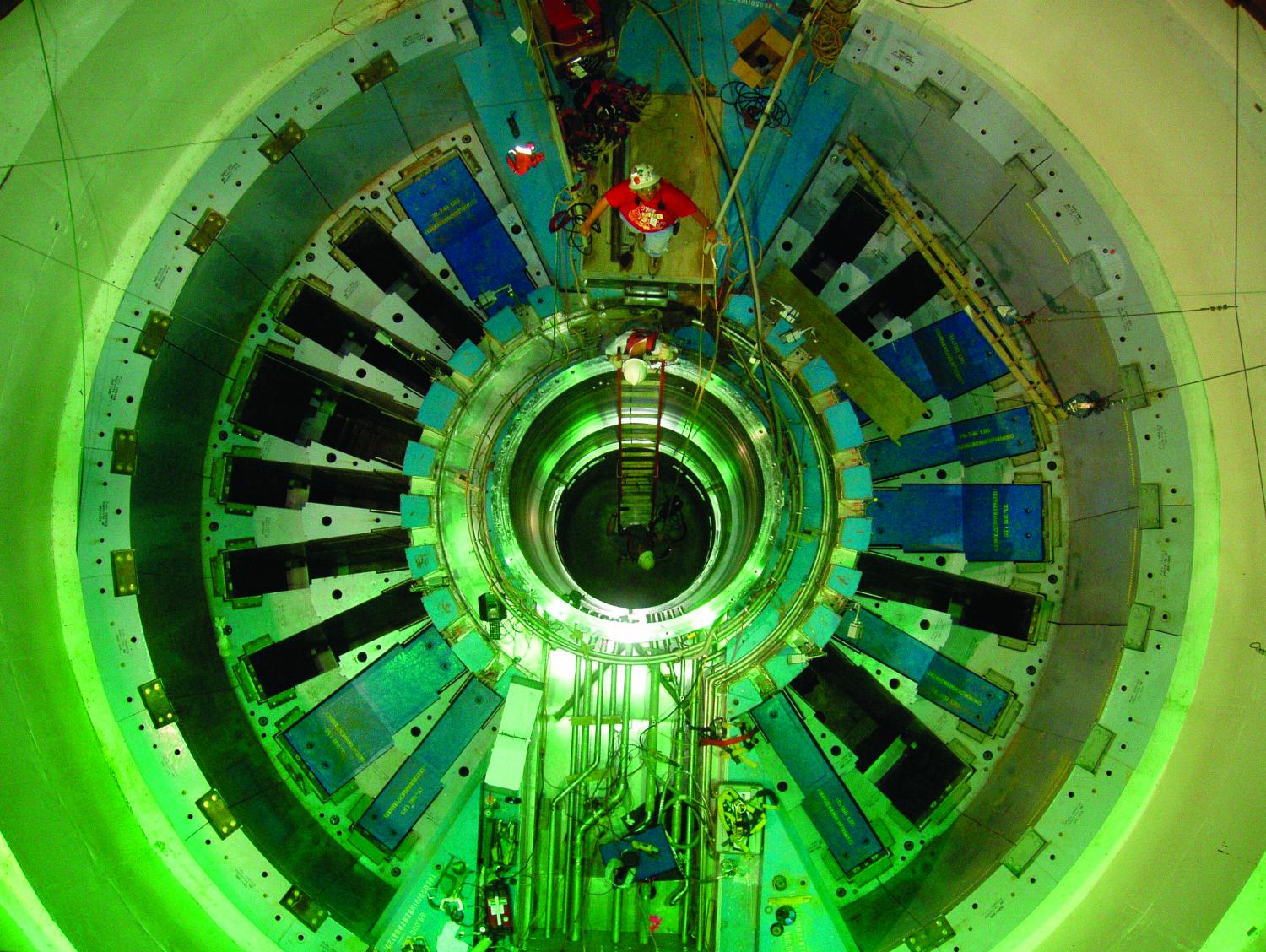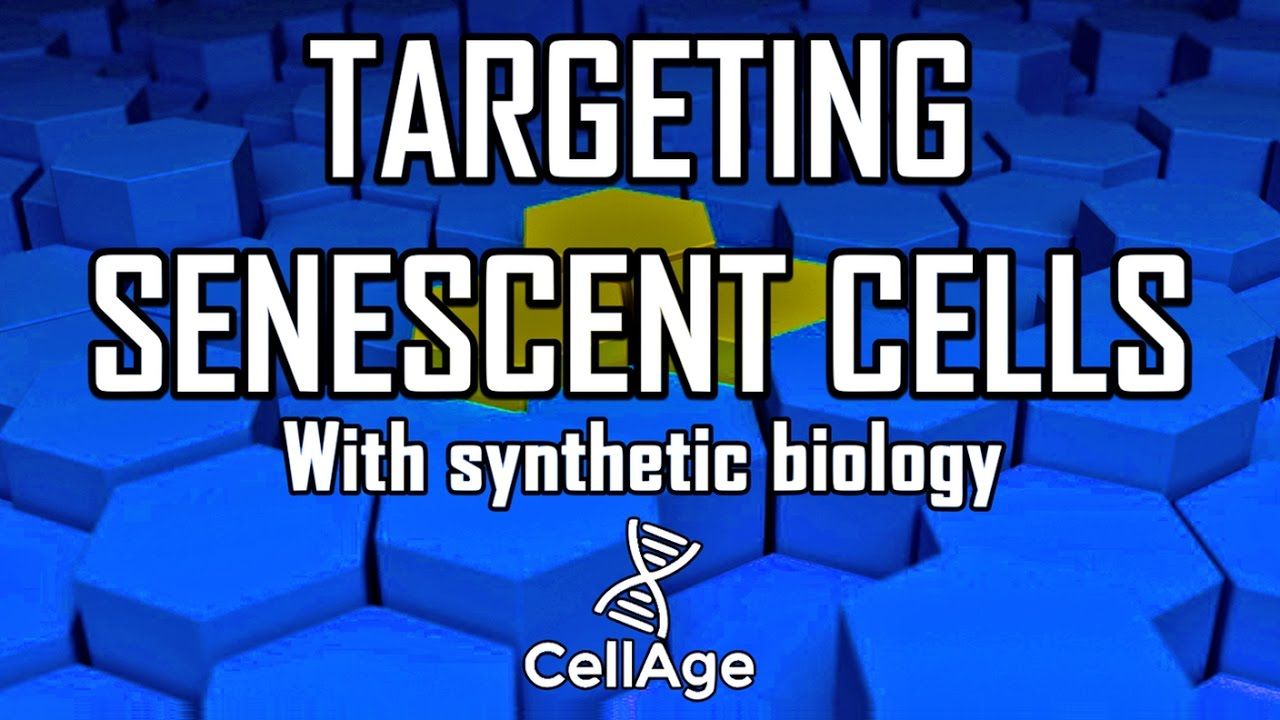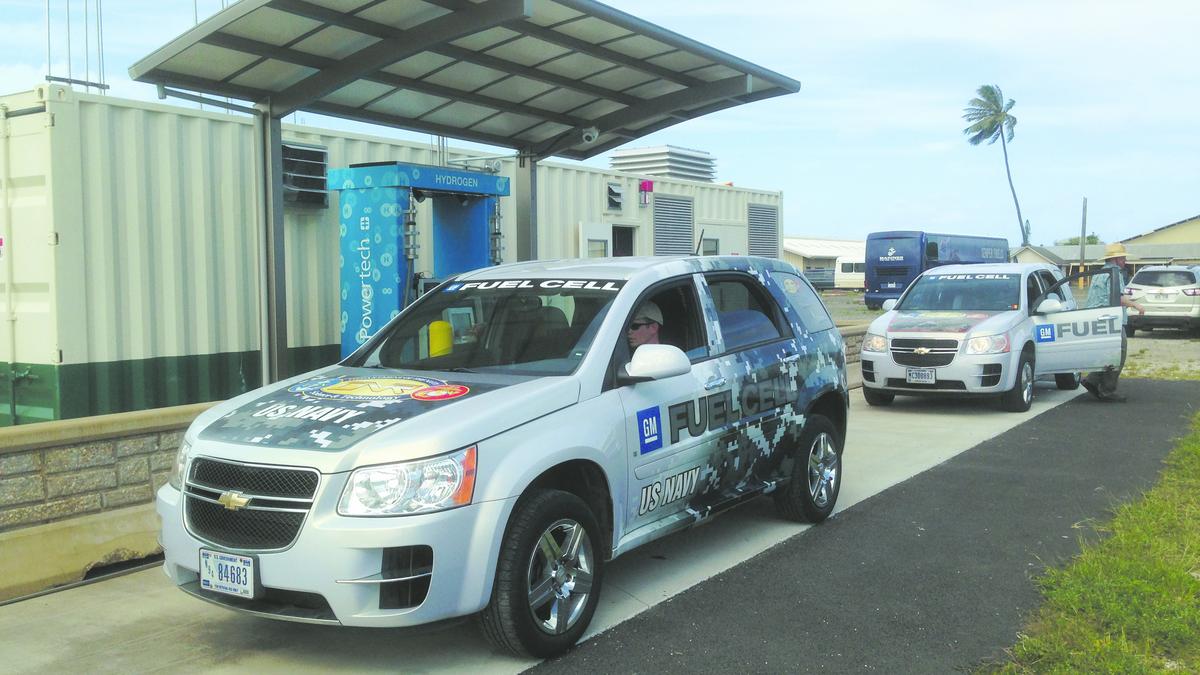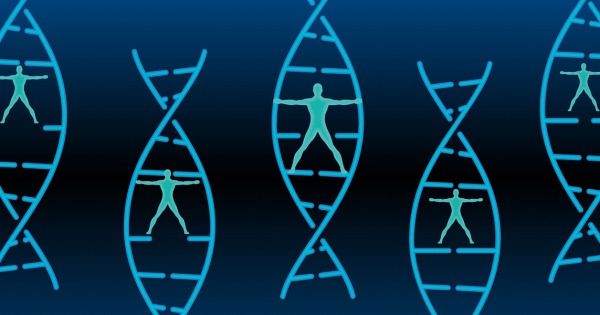Transistor-design would help chip ship survive radiation of 20-year trip to Alpha Centauri.
The Goldilocks zone with telomere length is the key.
Ever since researchers connected the shortening of telomeres—the protective structures on the ends of chromosomes—to aging and disease, the race has been on to understand the factors that govern telomere length. Now, scientists at the Salk Institute have found that a balance of elongation and trimming in stem cells results in telomeres that are, as Goldilocks would say, not too short and not too long, but just right.
The finding, which appears in the December 5, 2016, issue of Nature Structural & Molecular Biology, deepens our understanding of stem cell biology and could help advance stem cell-based therapies, especially related to aging and regenerative medicine.
“This work shows that the optimal length for telomeres is a carefully regulated range between two extremes,” says Jan Karlseder, a professor in Salk’s Molecular and Cell Biology Laboratory and senior author of the work. “It was known that very short telomeres cause harm to a cell. But what was totally unexpected was our finding that damage also occurs when telomeres are very long.”
Last year, scientists started up a new type of massive nuclear fusion reactor for the first time, known as a stellarator.
Researchers at the Max Planck Institute in Greifswald, Germany, injected a tiny amount of hydrogen and heated it until it became plasma, effectively mimicking conditions inside the sun.
But since then scientists have been asking whether the ambitious device — named Wendelstein 7-X (W7-X) — works as it is supposed to, producing the right magnetic fields.
Money makes the world go round, or so they say. Payments, investments, insurance and billions of transactions are the beating heart of a fractal economy, which echoes the messy complexity of natural systems, such as the growth of living organisms and the bouncing of atoms.
Financial systems are larger than the sum of their parts. The underlying rules that govern them might seem simple, but what surfaces is dynamic, chaotic and somehow self-organizing. And the blood that flows through this fractal heartbeat is data.
Today, 2.5 exabytes of data are being produced daily. That number is expected to grow to 44 zettabytes a day by 2020 (Source: GigaOm). This data, along with interconnectivity, correlation, predictive analytics and machine learning, provides the foundation for our AI-powered future.
Inside a new exotic crystal, physicist Martin Mourigal has observed strong indications of “spooky” action, and lots of it. The results of his experiments, if corroborated over time, would mean that the type of crystal is a rare new material that can house a quantum spin liquid.
Currently, only a small handful of materials are believed to possibly have these properties. This new crystal was synthesized for the first time only a year ago. Corroboration by other physicists of Mourigal’s newly produced experimental data could take a decade or longer.
The fourth Lifespan.io campaign and CellAge are using synthetic biology to create an accurate aging biomarker for senescent cells and a new therapy for precision targeting of those problem cells. Senescent cells are one of the processes of aging and this could change the way we age.
Lifespan.io is proud to present our fourth rejuvenation biotechnology project!
As we age our bodies accumulate damage in the form of dysfunctional cells that have entered a state called “senescence”, which secrete toxic signals that can lead to chronic inflammation, higher rates of cancer and additional aging-related conditions.
The report highlighted key programs and policies in the state including the state Legislature authorizing $1.25 million in bonds to design the refueling infrastructure for the Department of Transportation airport shuttle bus project.
A fuel cell is an electrochemical device that uses hydrogen and oxygen from the air to produce electricity, with water and heat as its by-products. Hydrogen can come from fossil fuels such as natural gas or propane or renewable fuels including gas from an anaerobic digester or landfill. Hydrogen can also be produced by water electrolysis, which can be powered by electricity from renewables such as solar or wind or from nuclear energy and the grid.
Other top states for hydrogen and fuel cells include California, Connecticut and New York.
In Brief
- By observing the transparent cells of roundworms, researchers have uncovered a link between lifespan and the natural cellular process of RNA splicing.
- This research could lead to new breakthroughs in anti-aging treatments that would allow humans to indefinitely keep ourselves healthy, stalling death for as long as possible.
Though aging seems like one of the most natural things, an affair common to all living creatures, the process is actually poorly understood by scientists. A new study detailed in Nature aims to shed light on the phenomenon as a research team led by the Harvard T.H. Chan School of Public Health has uncovered a relationship between lifespan and RNA splicing, a core function of cells that allows a single gene to produce a variety of proteins.
The researchers already knew that mutations in RNA splicing could lead to disease, but they wanted to find out if the act of splicing itself had an impact on the aging process. To find out, they designed experimental setups using the roundworm Caenorhabditis elegans, which show visible signs of aging during their short three-week lifespan.


